As sunshine streamed in windows, last week found us sprawled out on the carpet, noses stuck in a {text}book. I’m not much for text books, preferring living books. But this semester we branch out. We’ve coupled supplemental reading from Apologia’s Astronomy book with our unit study.
We read with wonder about comets, asteroids and meteors. We try to grasp the speed, the distance, the orbits. This wondering leads us to get up, move and create. So we set out to make a comet. Boys pepper me with questions, Can they launch it? How big will it be? How will we make it steam?
I wonder along with them as we pull out crushed ice and place it in our zip lock bag. We continue to think out loud as we search for the perfect rock for the center of our comet. Thoughts are forgotten momentarily as fistfuls of sand get tossed at the bag of ice and rock and our comet gets stored in the freezer to re-freeze together into a nice sized ball.
Questions surface again. Where will the smoke be? They are fixated with smoke and don’t understand that this ‘smoke’ and ice are really the same thing. I try to explain and falter. Isn’t this the way it is sometimes? Finding ways to help young one’s understand abstract concepts isn’t easy. I see a glimmer of understanding in my 6.5 year old, but the youngest is still confused. Explanations just aren’t cutting it. As our comet forms, we pull out more ice and head to the stove so they can SEE that ice, water and steam are all the same. This wasn’t on the lesson plans. It was just the natural progression of talking and discovery. It inevitably leads to more questions.
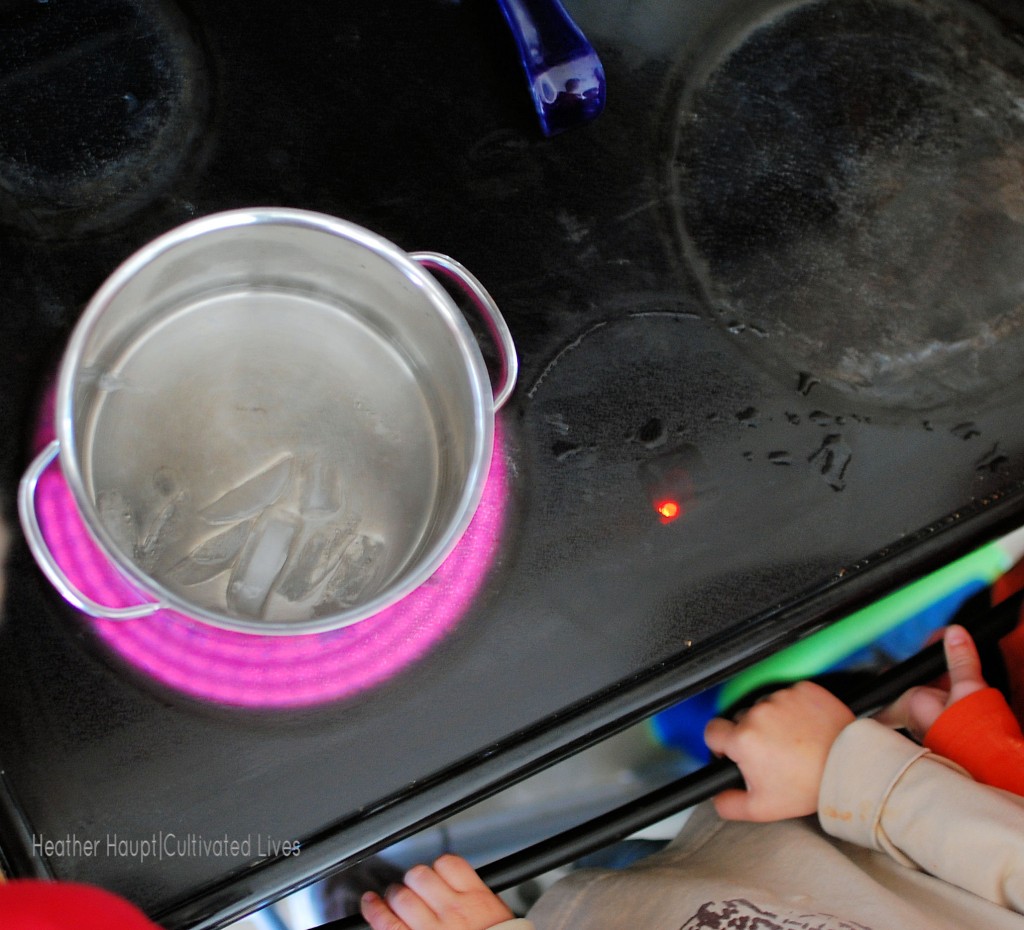
Boys pull stools up to the stove and watch in awe as the pan full of ice cubes turns to a pan with water. They play with the lid and capture steam only to find water droplets again… They see with their eyes the transformation from solid to liquid to gas until the pan is empty. And they get it.
Now it is TEST TIME!
Our comet is formed so we head outside. We play around with dryer lint representing the steam. They show me what direction the tail of the comet extends (always away from the sun), they walk out thin elliptical orbits around our ‘sun’. And then grab the globe and contrast that with planetary orbits. They excitedly point out the ice, rock and sand.
I ask them more questions and we continue to discuss what they have learned. It is ‘test time’ and they don’t even realize it.
I test them again, over the weekend as we read about the recent meteor in Russia…
Oh the power of dialogue and giving them opportunity to share what they are learning with others!
The final will come later when they will get the opportunity to explain what they’ve learned with Dad or maybe with a grandparent. This is far more effective than any fill-in-the-blank test and yet mostly painless too. {That is unless, they can’t explain anything at which point, I have to swallow MY frustration and go back to reviewing and discussing what we’ve learned until they grasp it.}
And tomorrow we get to explore some more.
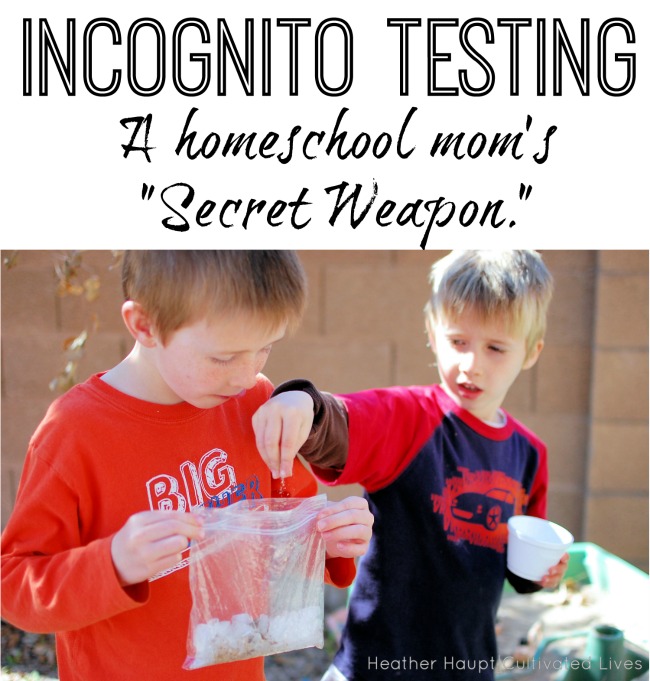

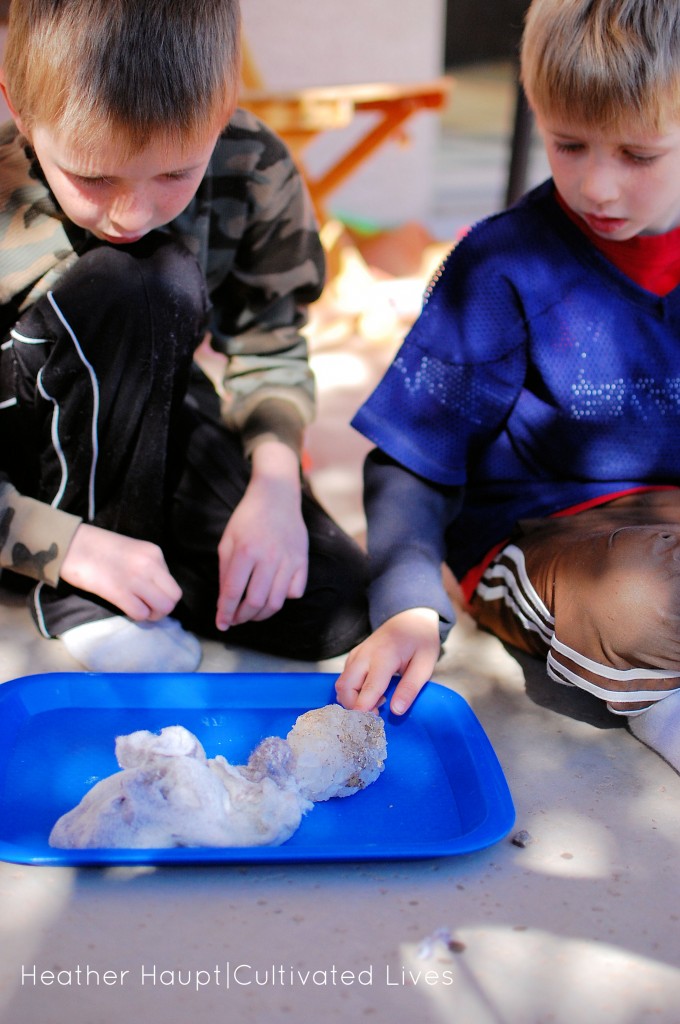
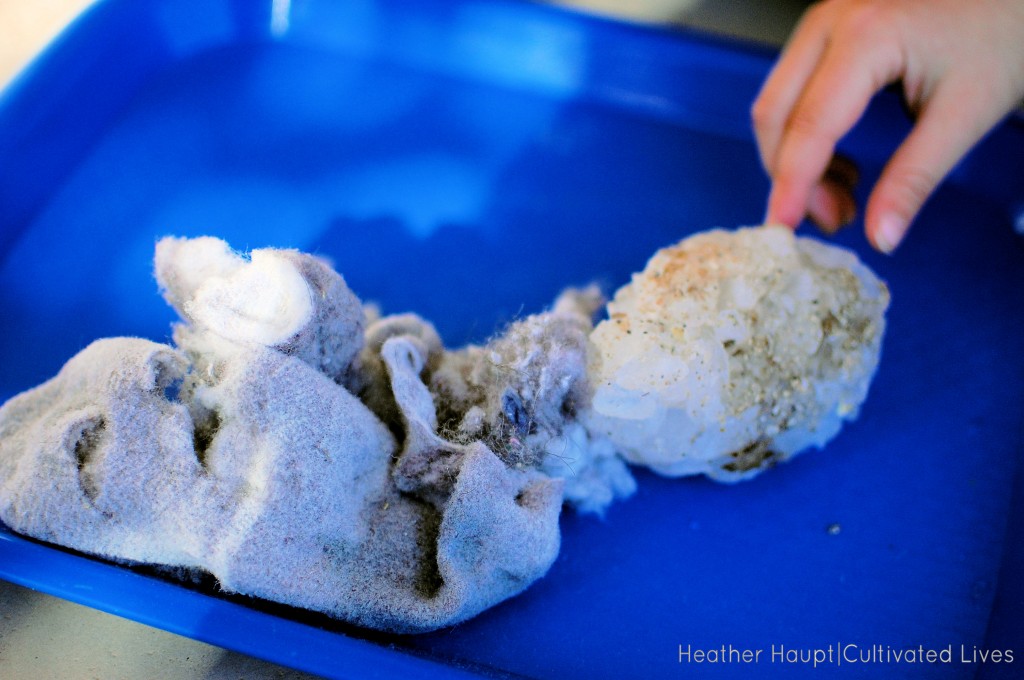

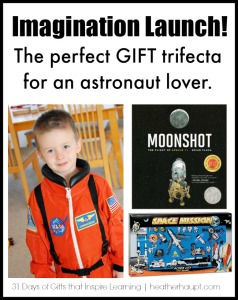
Bet they loved that!
Another wonderful aspect of the home education model of learning! O, the glories of home school!